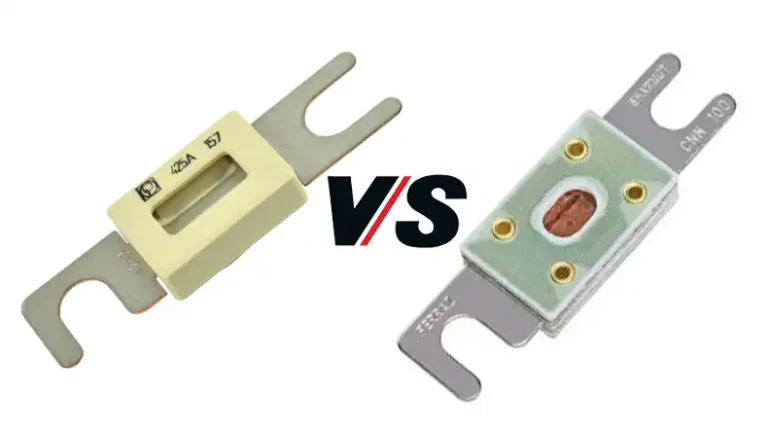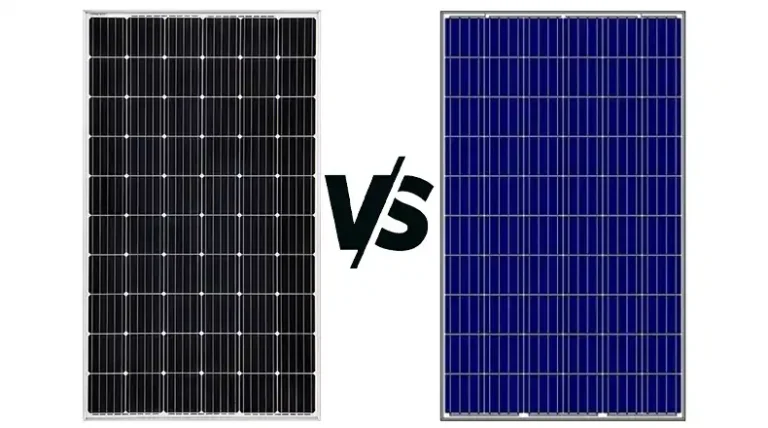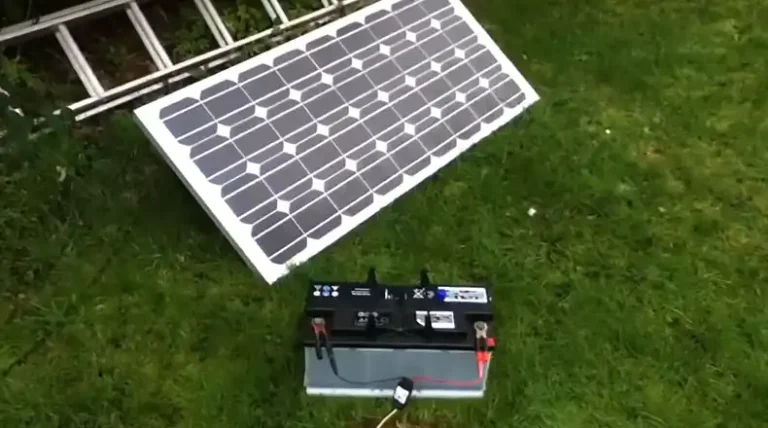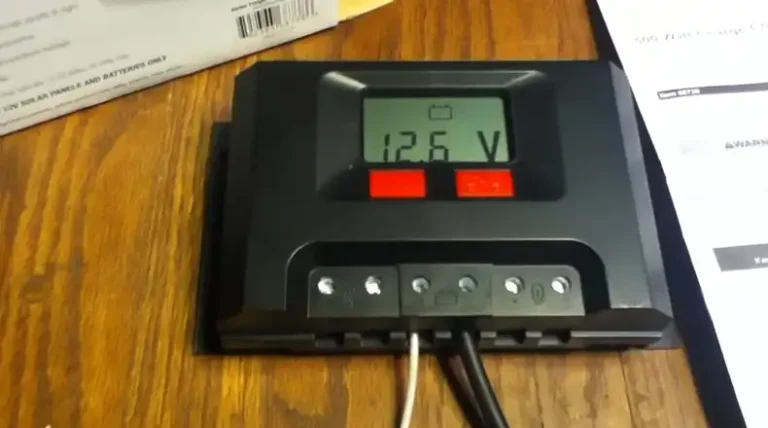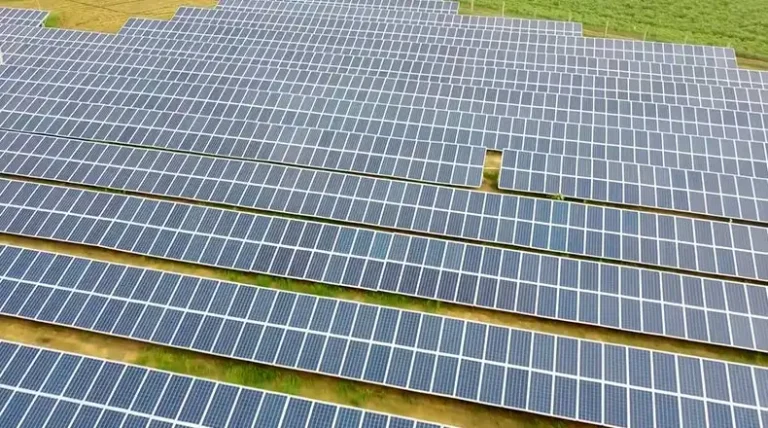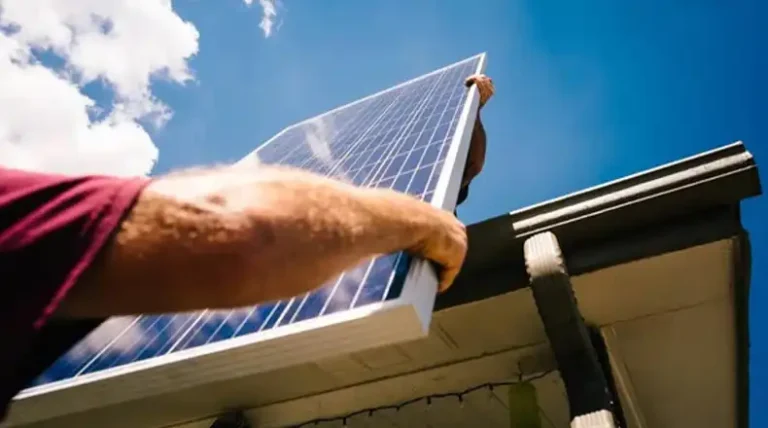Can Solar Panels Be Installed Under Power Lines? Is It Safe?
While solar photovoltaic panels can technically be installed underneath overhead power line corridors under certain conditions, doing so is generally inadvisable. Well, it can be done but it’s not advised to do so. Major obstacles around safety clearances, utility restrictions, reduced solar exposure, and equipment accessibility challenges exist when attempting to site PV systems directly below vital transmission infrastructure. By significantly impacting system performance and lifting complexity, locating solar arrays beneath high-voltage lines remains an unrealistic proposition in many cases. Careful planning and coordination can circumvent some limitations, but direct placement underneath power line easements largely prevents reliable renewable energy generation.
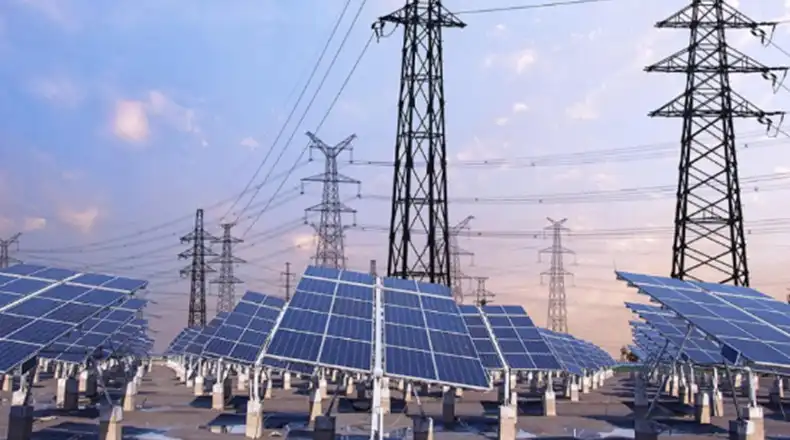
Is It Ideal to Install Solar Panels Under Power Lines?
In short—no. Areas directly underneath power lines and utility easements are far from ideal sites for solar panel installations. There are a few too many downsides compared to choosing a location with no overhead electrical infrastructure. Significant shading, safety clearances, and other obstacles usually make it preferable to find an alternative, unencumbered spot on your property for your PV system.
However, with smart layout adjustments and acceptance of reduced solar production levels, installing an array under power lines can be made to work. It also takes full coordination with your electric utility company. So while underside placement is possible and sometimes pragmatic, it is not recommended as a first choice.
Reasons Why Installing Under Power Lines is Not Suggested
Here are the top reasons why solar professionals do not advise installing solar panels in sites underneath overhead power lines:
Mandatory Safety Clearance Violations
Overhead transmission lines require minimum ground clearance distances mandated by electrical codes and utility standards. Installing any structures underneath, including solar arrays, often violates these vertical safety buffers jeopardizing line technicians and the public. Renewable energy projects must uphold utility right-of-way access requirements.
Impeded Maintenance and Repair Accessibility
Utility providers utilize transmission corridors to route heavy equipment for conducting repair work, upgrades, or disaster response on energized infrastructure. Trucks, cranes, and crews needing ample room to operate would be obstructed by photovoltaic installations underneath, blocking necessary maintenance activities.
Lack of Space for Interconnection Substations
Large multi-megawatt solar farms tap into transmission-level voltages via substations containing tall switchgear, transformers, instrumentation, and control buildings. These large grid-tied interconnections cannot viably fit under pre-existing transmission lines. The necessary electrical clearances also preclude such development.
Electromagnetic Interference Causes Efficiency Issues
High-voltage overhead power infrastructure can create strong electromagnetic fields that may interfere with solar panel performance and control system operation. Induced electrical noise leads to efficiency losses. Careful grounding, shielding, and Layout adjustments can only partially prevent EM problems.
Safety Hazards Regarding Downed Power Lines
If transmission lines or equipment should fall or destabilize during extreme events, special safety guidance applies. Shuffling away with small steps prevents dangerous step potentials from forming through your body after wires hit the ground. Maintain at least 10 meter (33 foot) clearance from fallen conductors. Remain in place if movement risks contact until utility crews deactivate the hazardous lines.
What about Installing Under High Tension Power Line?
The answer is the same, no. High voltage overhead transmission lines can create corona discharge or arcing effects in proximity to conductive objects, especially during wet weather. The intense electromagnetic field intensity ionizes air molecules beneath the cables, allowing some electrical current to bridge the air gap downwards.
This minor yet present current flow intensifies closer to the transmission conductors. So any solar panel structures within 75-100 meters made of conductive metals like aluminum and galvanized steel can potentially act as unwanted paths to ground during electrical faults or storms. Resulting sparks and currents could severely damage PV array components outright.
Essentially the highly energized air underneath high-tension lines can arc electricity into nearby grounded frames. Keeping a substantial distance from transmission infrastructure boundaries provides a crucial safety buffer protecting renewable energy investments.
Conclusion
Additionally, be sure to follow all safety protocols related to installation and operation around overhead high-voltage lines, including precautions regarding potential downed power line hazards. The coexisting infrastructure poses risks of spark gaps, electric shocks, electromagnetic interference, and more for solar systems and technicians to carefully mitigate through planning.

